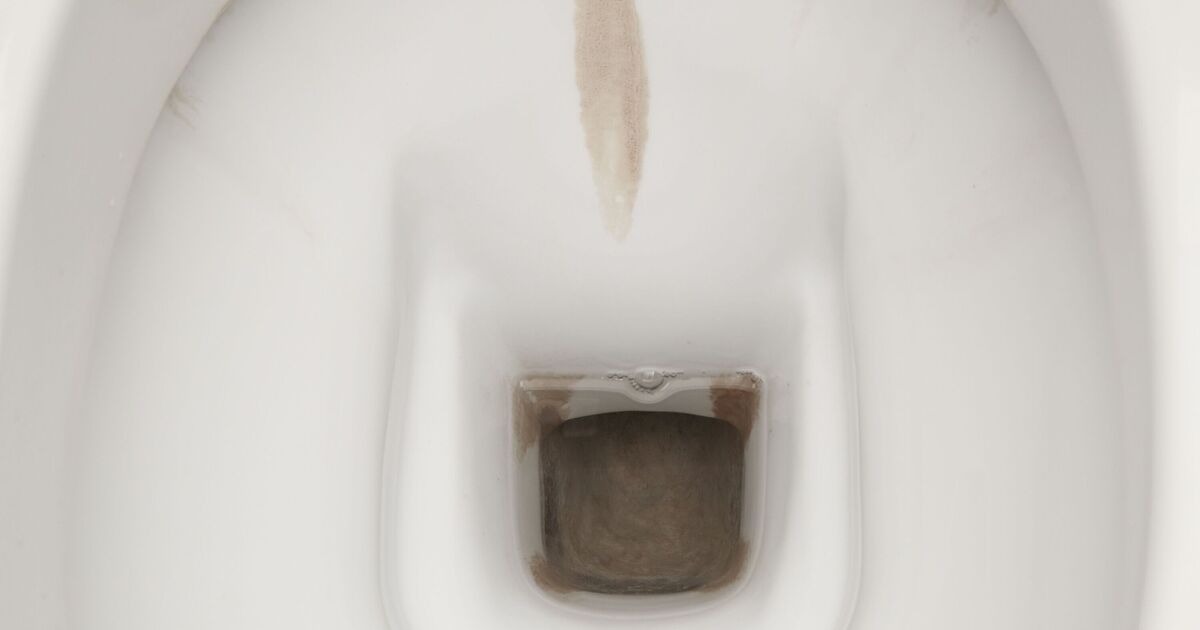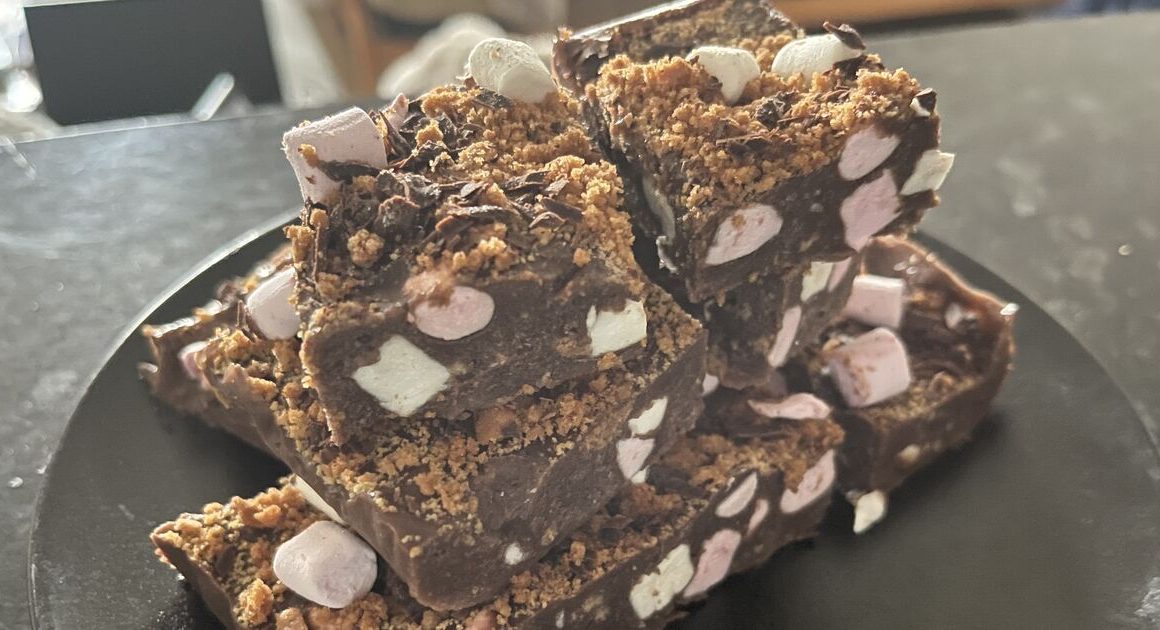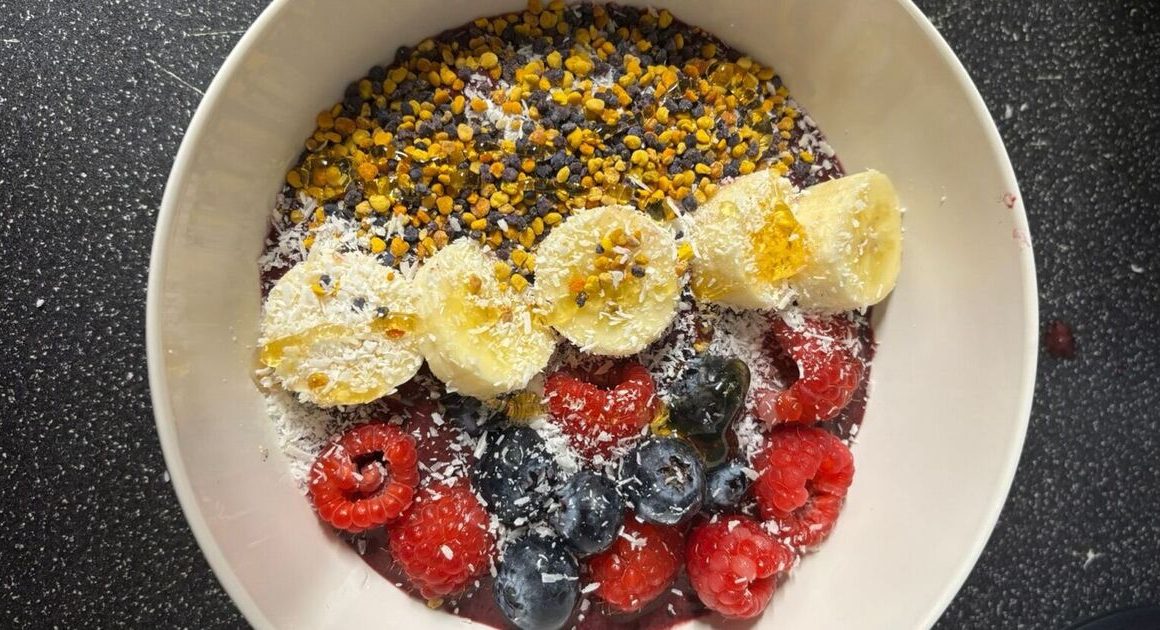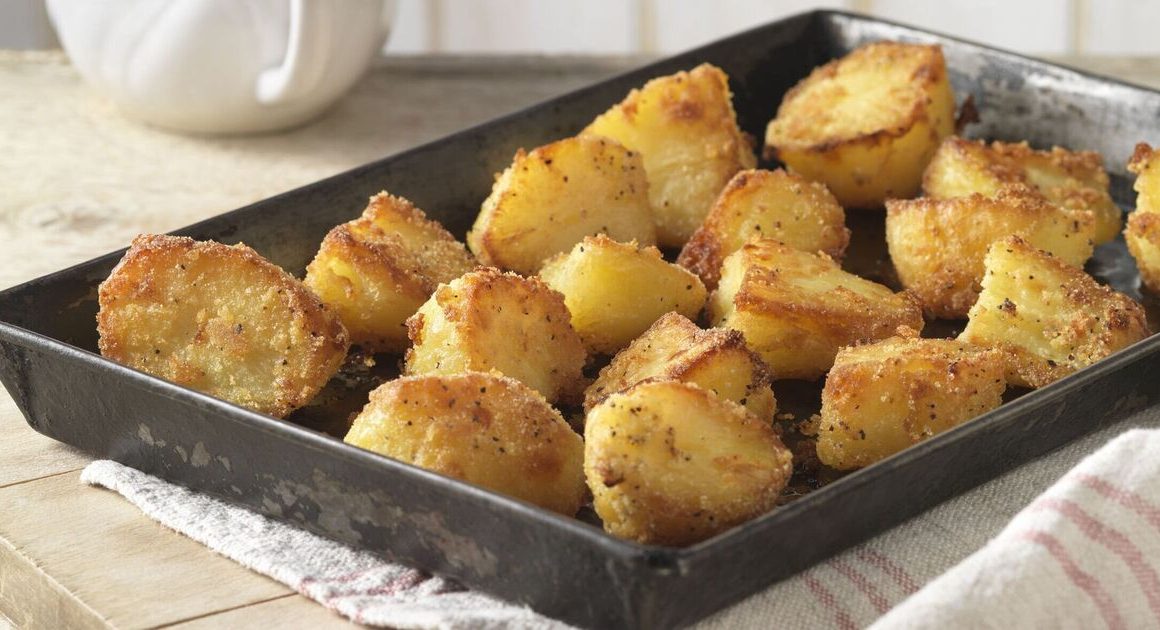Limescale deposits in toilet bowls are unsightly and can appear brown, red, black or white in appearance.
Toilet limescale mainly appears under the rim or around the water line, leaving an unpleasant line inside your white toilet bowl.
Removing these mineral deposits can be difficult, especially if they’ve been left to fester for a while.
However, cleaning experts have shared two simple methods for removing the stains without resorting to chemical-based products.
Fantastic Services’ domestic cleaning expert and supervisor, Petya Holevich, suggested using white vinegar and lemon juice to remove limescale from toilets – two items that can be found in most kitchen cupboards.
She said: “For toilets, you can pour a mixture made of equal parts lemon juice and white vinegar into the toilet bowl, leave it for at least one hour and then scrub it with a toilet brush.
“Leave the solution overnight if you can, which will allow the acids to work better and perform a deeper cleaning for any tough scale deposits.”
White vinegar and lemon juice are both acidic, which means they can easily break down the calcium carbonate in limescale.
Lemon juice contains citric acid while white vinegar contains acetic acid. The acids react with the calcium carbonate which creates a soluble compound that can easily be cleaned away.
Henrique Conceicao, area manager at Total Clean, is also a fan of using white vinegar. He claims the vinegar’s acidity can break down the “toughest stains”.
He said: “In toilets, white vinegar works well to break down limescale. Pour it directly onto the build-up, let it soak overnight, and scrub thoroughly in the morning. The acidity of vinegar helps to tackle even the toughest stains.”
Judi Kutner, a licensed realtor and senior contributor at Virtual Staging, also recommends using a natural solution to remove unsightly toilet limescale.
She said she uses an old toothbrush dipped in white vinegar to help remove mineral deposits.
“If there’s heavy buildup, I’ll use a pumice stone, but gently—you don’t want to scratch the surface,” she added.










